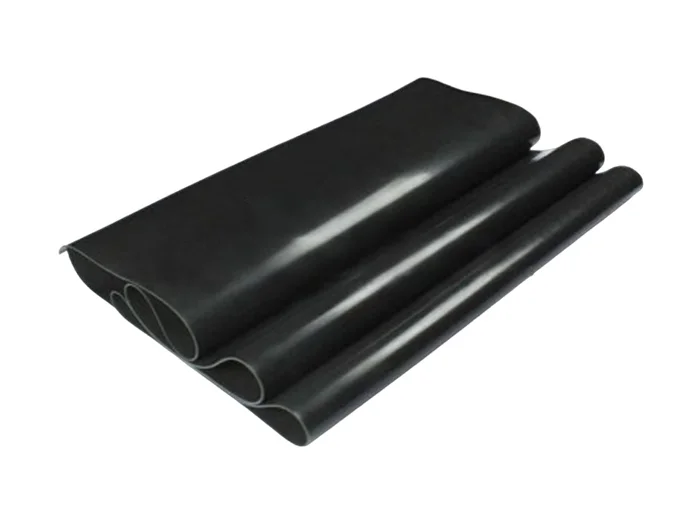The Cost Conundrum: Is Toner Cheaper Than Ink for Your Printing Needs?
3 min readIn the world of printing, the debate between toner and ink has long been a topic of interest for both businesses and individual consumers. As technology evolves and the demand for high-quality prints increases, understanding the cost implications of these two printing mediums becomes essential. This article delves into the intricacies of toner and ink pricing, exploring whether toner is indeed cheaper than ink, and providing insights that can help you make informed decisions for your printing needs.
Understanding the Basics: Toner vs. Ink
Before we dive into the cost analysis, it’s crucial to understand the fundamental differences between toner and ink.
- Toner is a fine powder used in laser printers. It is composed of plastic particles, carbon, and coloring agents. The printing process involves heating the toner to fuse it onto the paper, resulting in sharp, high-quality prints that are resistant to smudging and fading.
- Ink, on the other hand, is a liquid used in inkjet printers. It consists of water, dyes or pigments, and various additives. Inkjet printing is known for its ability to produce vibrant colors and detailed images, making it a popular choice for photo printing.
The Cost Breakdown: Toner vs. Ink
When evaluating whether toner is cheaper than ink, several factors come into play, including initial costs, yield, and overall efficiency.
- Initial Costs
The upfront cost of printers can vary significantly between laser and inkjet models. Generally, inkjet printers tend to have a lower purchase price compared to laser printers. However, this initial cost can be misleading. While inkjet printers may be cheaper to buy, the long-term costs associated with ink cartridges can quickly add up.
- Yield and Longevity
One of the most significant advantages of toner is its yield. A single toner cartridge can print thousands of pages—often between 2,000 to 10,000 pages—depending on the model and manufacturer. In contrast, standard ink cartridges typically yield between 200 to 600 pages. This stark difference means that while toner cartridges may have a higher upfront cost, they often prove to be more economical in the long run due to their higher page yield.
- Cost Per Page
To accurately assess whether toner is cheaper than ink, it’s essential to calculate the cost per page. This metric provides a clearer picture of the overall expenses associated with printing.
- Toner Cost Per Page: For example, if a toner cartridge costs $100 and yields 5,000 pages, the cost per page is $0.02.
- Ink Cost Per Page: Conversely, if an ink cartridge costs $30 and yields 300 pages, the cost per page is $0.10.
From this perspective, toner is significantly cheaper than ink, making it a more cost-effective choice for high-volume printing.
Additional Considerations: Quality and Use Case
While cost is a critical factor, it’s also essential to consider the intended use of the printer.
- Quality of Prints: If your primary need is for high-quality photo prints or color documents, inkjet printers may be more suitable due to their superior color accuracy and detail. However, for standard text documents, reports, and presentations, laser printers with toner provide excellent quality at a lower cost per page.
- Volume of Printing: For businesses or individuals who print frequently, the efficiency of toner becomes a significant advantage. The ability to print large volumes without frequent cartridge replacements can save both time and money.
Environmental Impact
Another layer to consider in the toner versus ink debate is the environmental impact. Toner cartridges are often recyclable, and many manufacturers have programs in place to facilitate the recycling process. Ink cartridges, while also recyclable, can contribute to more waste due to their smaller size and higher frequency of replacement.
Conclusion: Making the Right Choice
In conclusion, while the initial costs of inkjet printers may be lower, the long-term expenses associated with ink cartridges can make toner a more economical option for many users. When considering factors such as yield, cost per page, and intended use, it becomes clear that toner often emerges as the cheaper alternative for high-volume printing needs.


